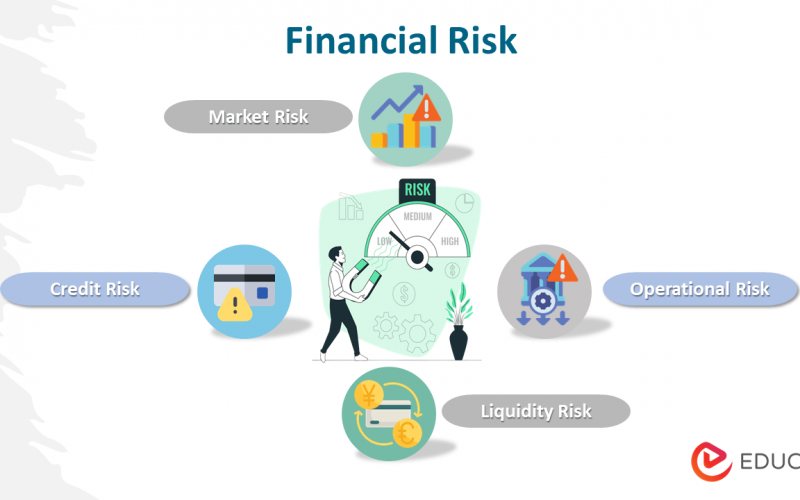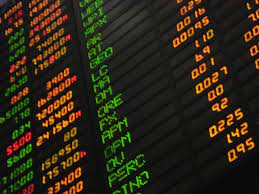29
Sep
Market risk is another significant risk faced by banks and financial institutions. It refers to the potential for losses arising from adverse movements in financial market prices, including interest rates, exchange rates, commodity prices, and equity prices. Managing market risk is crucial for financial institutions to protect their assets, earnings, and capital against market volatility. Here are key aspects of market risk management in banks and financial markets: Risk Identification and Measurement: Financial institutions identify and measure market risk exposures through various quantitative models and risk metrics. Value at Risk (VaR) is a widely used measure that estimates the potential…









